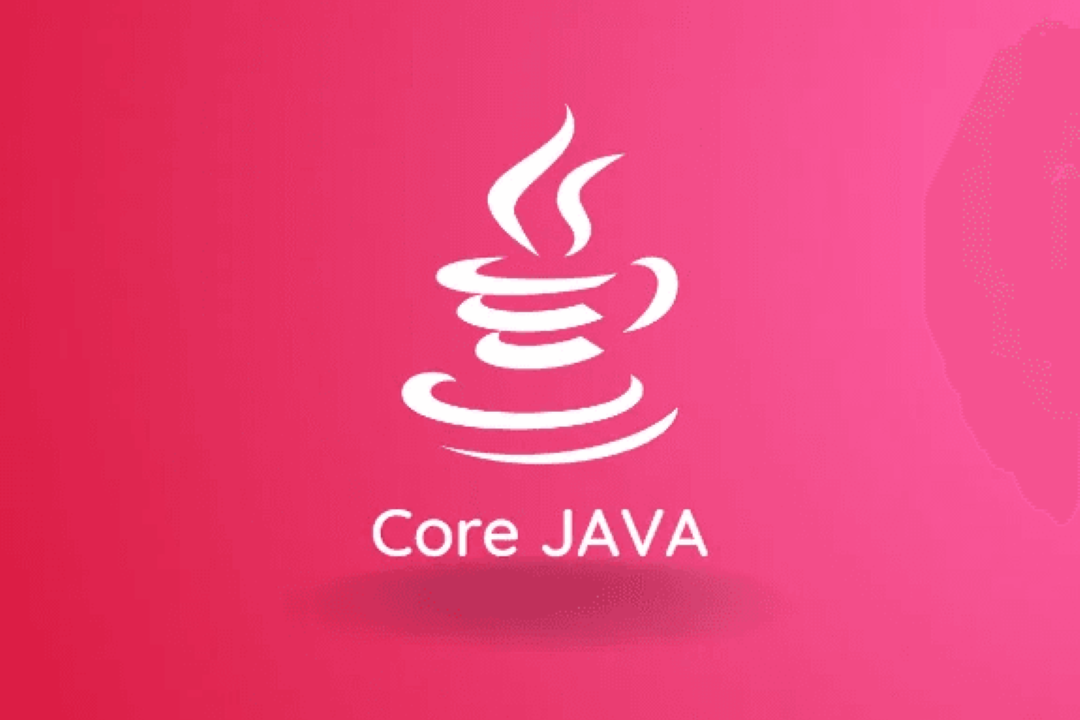Multithreading Java Interview Questions For Experienced
Square Brackets Multithreading Java Interview Questions for Experienced
Multithreading in Java is the ability of a program to handle multiple execution paths simultaneously. It allows different parts of a program to run concurrently and independently of each other, thus increasing the efficiency and performance of the program. In an experienced Java interview, questions related to multithreading may include topics such as thread synchronization, thread pooling, race conditions, deadlock, and thread safety. The interviewer may also ask about the advantages and disadvantages of multithreading, when to use it, and how to implement it correctly. Additionally, candidates may be asked about the differences between threads and processes, how to handle exceptions in multithreaded environments, and how to debug multithreaded programs. Overall, multithreading interview questions for experienced Java developers aim to assess their knowledge and experience in effectively using this powerful feature of the Java language.
To Download Our Brochure: https://www.justacademy.co/download-brochure-for-free
Message us for more information: +91 9987184296
1 - Can you explain the difference between process and thread?
Process refers to a program under execution, whereas thread refers to the smallest executable unit of a process. A process has its own address space, whereas multiple threads share the same address space. Processes are independent of each other, while threads can interact with each other through shared memory.
2) What is multithreading?
Multithreading is the ability of an operating system or a program to execute multiple threads concurrently within a single process, thereby improving the utilization of CPU and increasing the overall performance of an application.
3) What are the advantages of using multithreading?
Multithreading allows for better utilization of resources,increased responsiveness, better use of cache memory, and simplification of programming. It also improves the scalability and efficiency of an application.
4) Can threads share the same memory space?
Yes, threads share the same memory space within a process, known as shared memory. This allows for efficient communication and data sharing between threads.
5) How is context switching handled in multithreading?
In multithreading, context switching is the process of storing the current state of a thread, and loading the saved state of another thread to resume its execution. Typically, a context switch involves saving the thread's program counter, stack pointer, and other registers.
6) What is the difference between preemptive and non-preemptive scheduling?
Preemptive scheduling refers to the ability of the operating system to interrupt a running thread and allocate the CPU to another thread, whereas non-preemptive scheduling relies on a cooperating mechanism to voluntarily yield the CPU. Preemptive scheduling is more efficient and fair, while non-preemptive scheduling is simpler to implement.
7) How do you create a thread in Java?
In Java, a thread can be created by extending the Thread class and implementing the run() method, or by implementing the Runnable interface and passing an instance of it to the Thread constructor.
8) What is a deadlock? How does it occur in multithreading?
Deadlock is a situation where two or more threads are waiting for each other to release a resource that they need to continue executing. In multithreading, deadlock ccur when the resources are not properly managed and the threads are waiting indefinitely for a resource to become available.
9) How can deadlock be prevented in multithreading?
Deadlock can be prevented by using proper synchronization techniques, avoiding the use of global locks, and using a proper resource allocation strategy.
10) What is synchronization in multithreading?
To Download Our Brochure: Click Here
Message us for more information: +91 9987184296
Synchronization in multithreading refers to the process of controlling the access to shared resources by multiple threads, to avoid data inconsistencies and race conditions. It can be achieved by using synchronized blocks or methods, or by using locks.
11) What are the different types of thread synchronization?
The different types of thread synchronization are mutual exclusion, cooperation, and concurrent access. Mutual exclusion ensures that only one thread can access a shared resource at a time, cooperation allows for threads to communicate and coordinate with each other, and concurrent access allows for multiple threads to access a resource simultaneously.
12) What is a race condition in multithreading?
A race condition occurs when multiple threads access and modify a shared resource simultaneously, resulting in unpredictable and erroneous behavior. Proper synchronization techniques can prevent race conditions.
13) Can you explain the concept of thread safety?
Thread safety refers to the ability of a program to handle multiple threads accessing the same code or data without causing any problems. A thread-safe code or data structure ensures that the shared resources are properly accessed and synchronized to avoid any race conditions or data inconsistencies.
14) What is thread pool in multithreading?
A thread pool is a collection of pre-initialized and pre-started threads that are ready to perform a specific task. This allows for efficient reuse of threads and better management of resources.
15) How do you handle exceptions in multithreading?
In multithreading, exceptions should be handled within the thread itself using try-catch blocks. This allows for proper handling of exceptions and avoids crashing the entire application.
Browse our course links : https://www.justacademy.co/all-courses
To Join our FREE DEMO Session: Click Here
Contact Us for more info:
- Message us on Whatsapp: +91 9987184296
- Email id: info@justacademy.coco na












